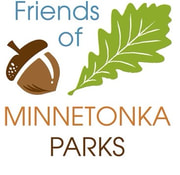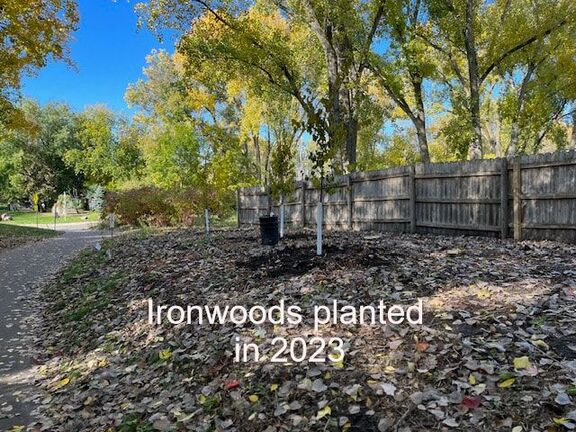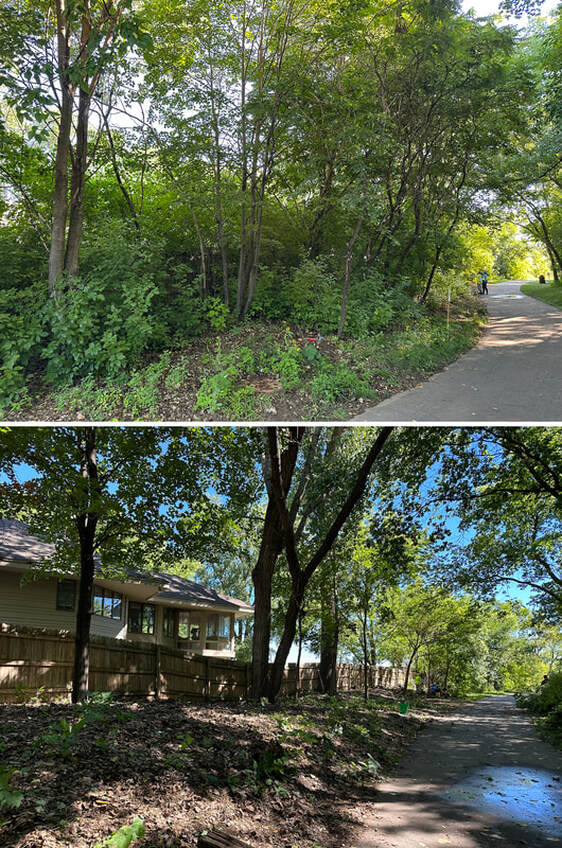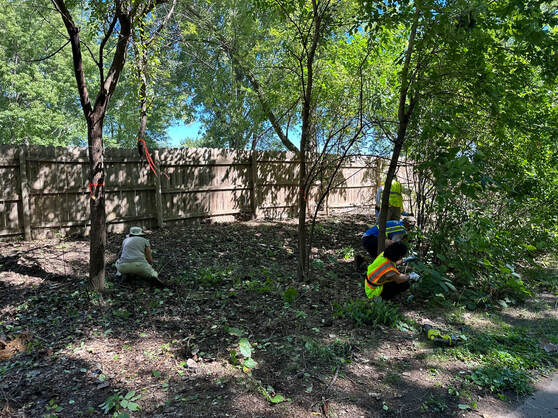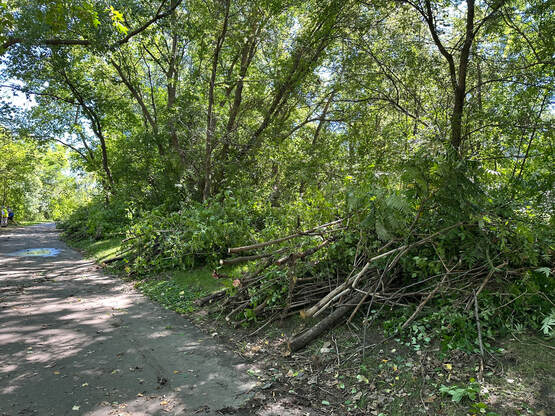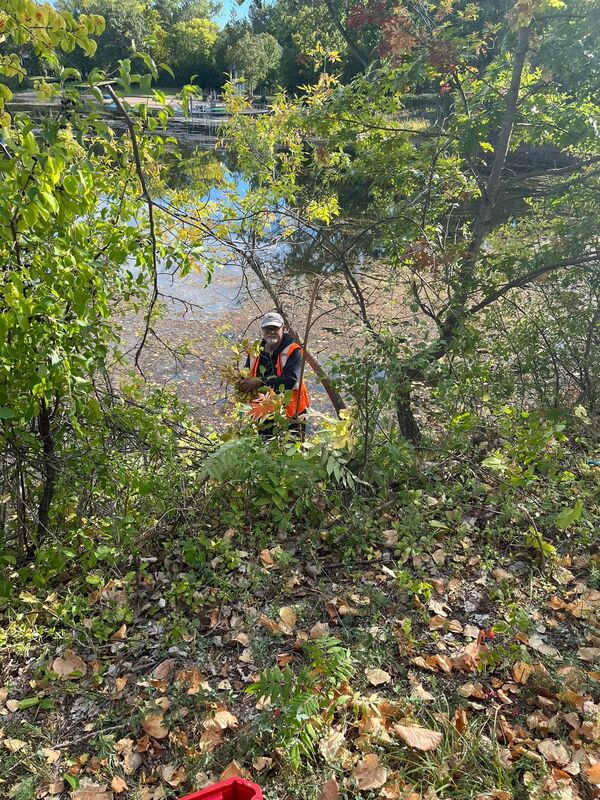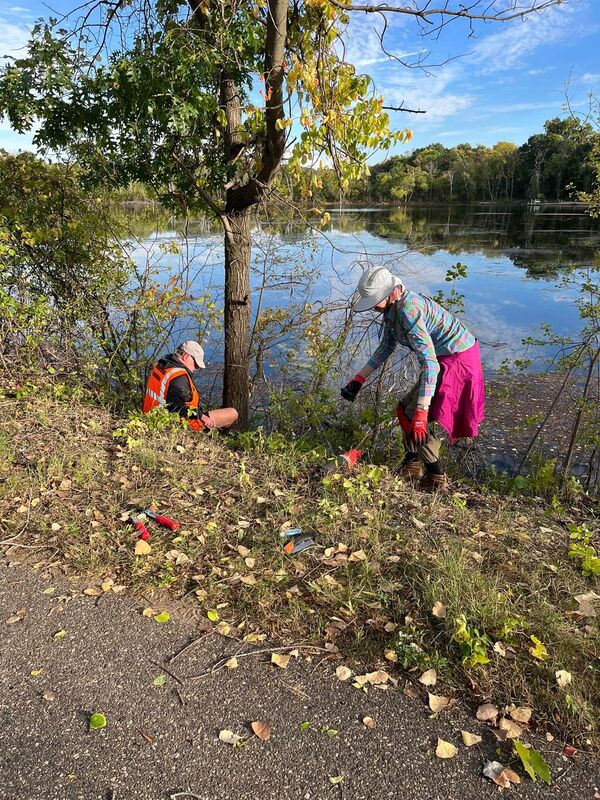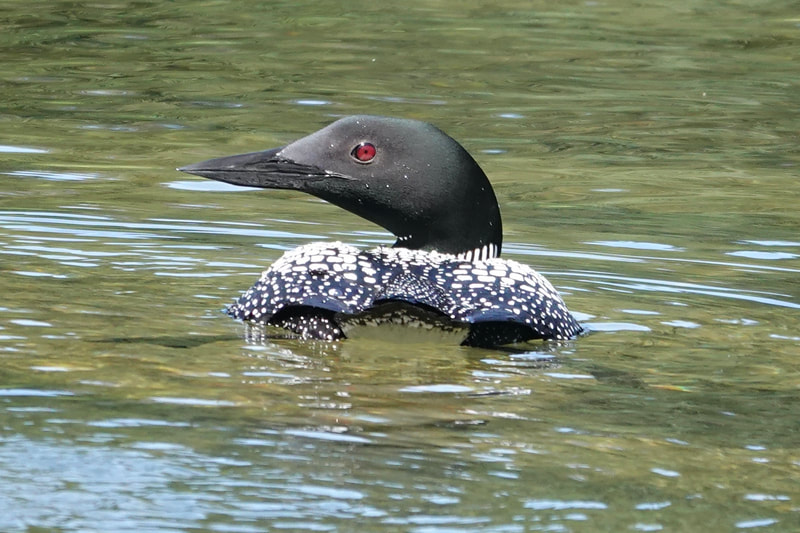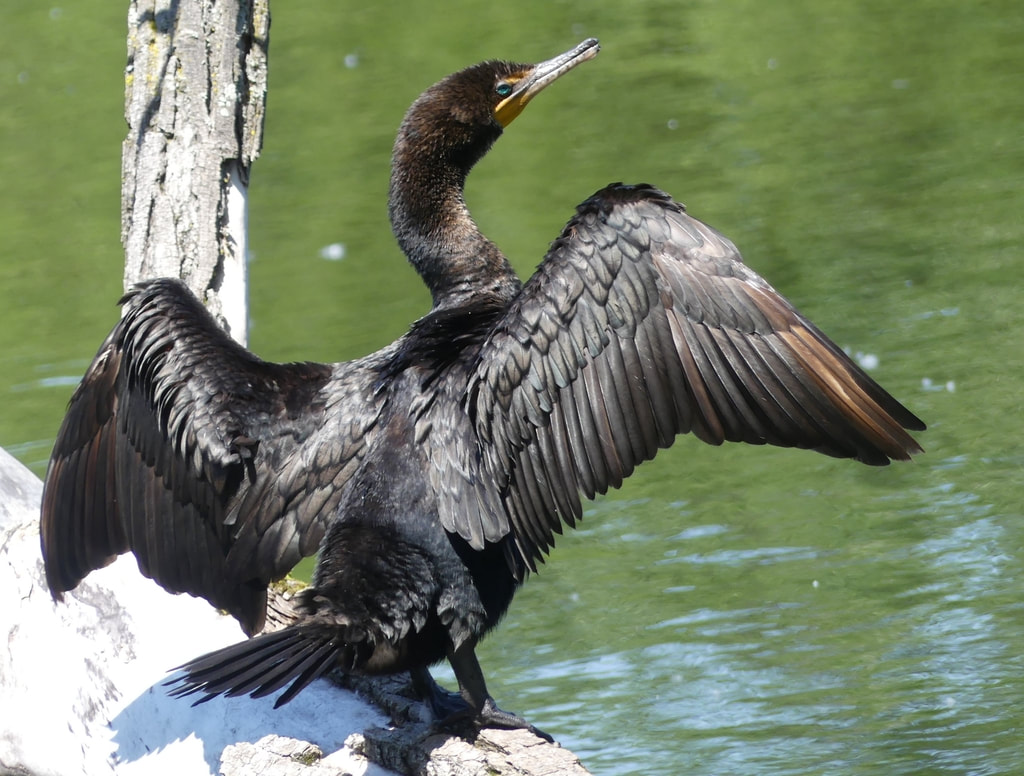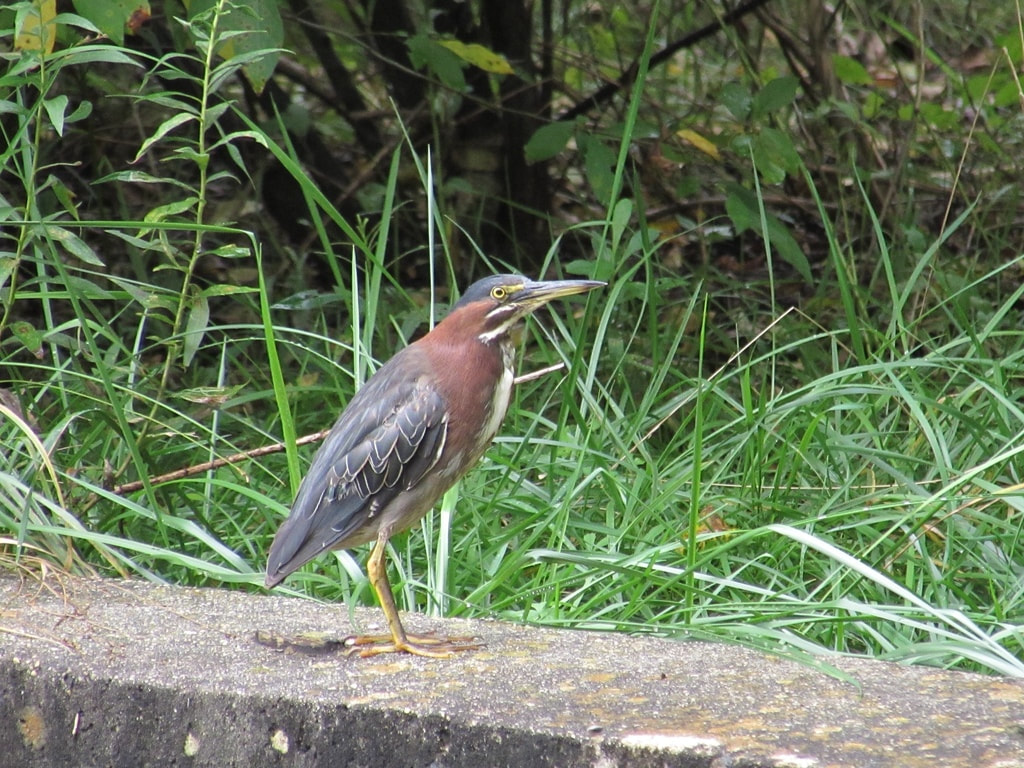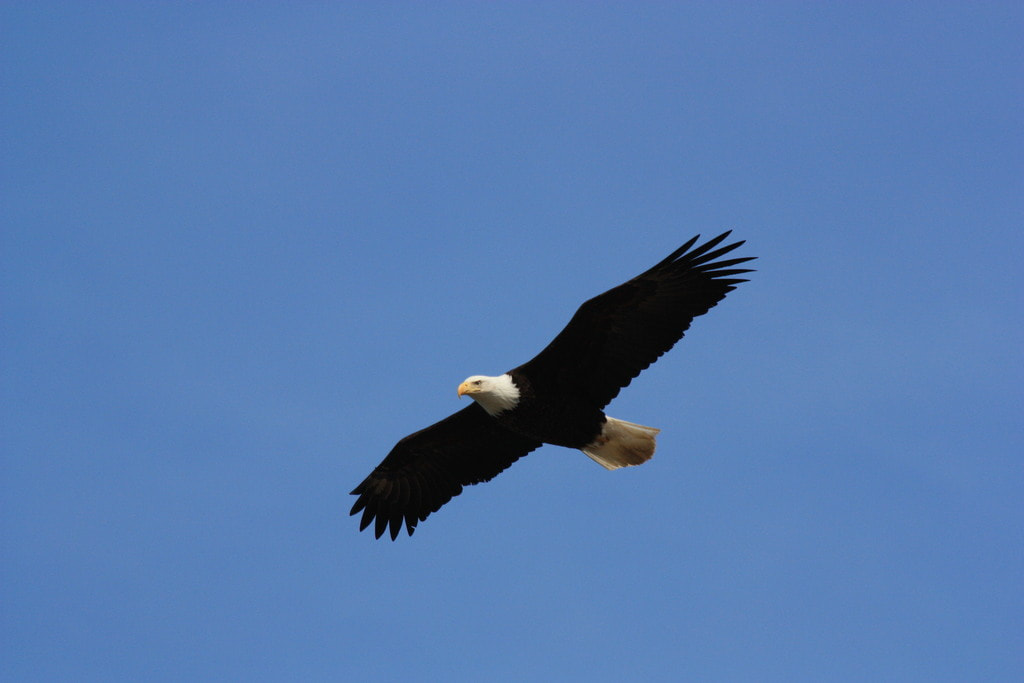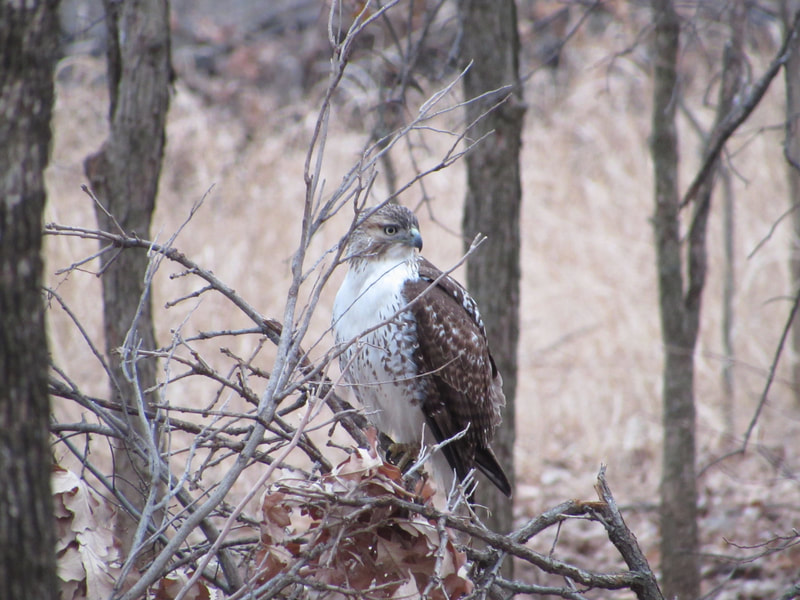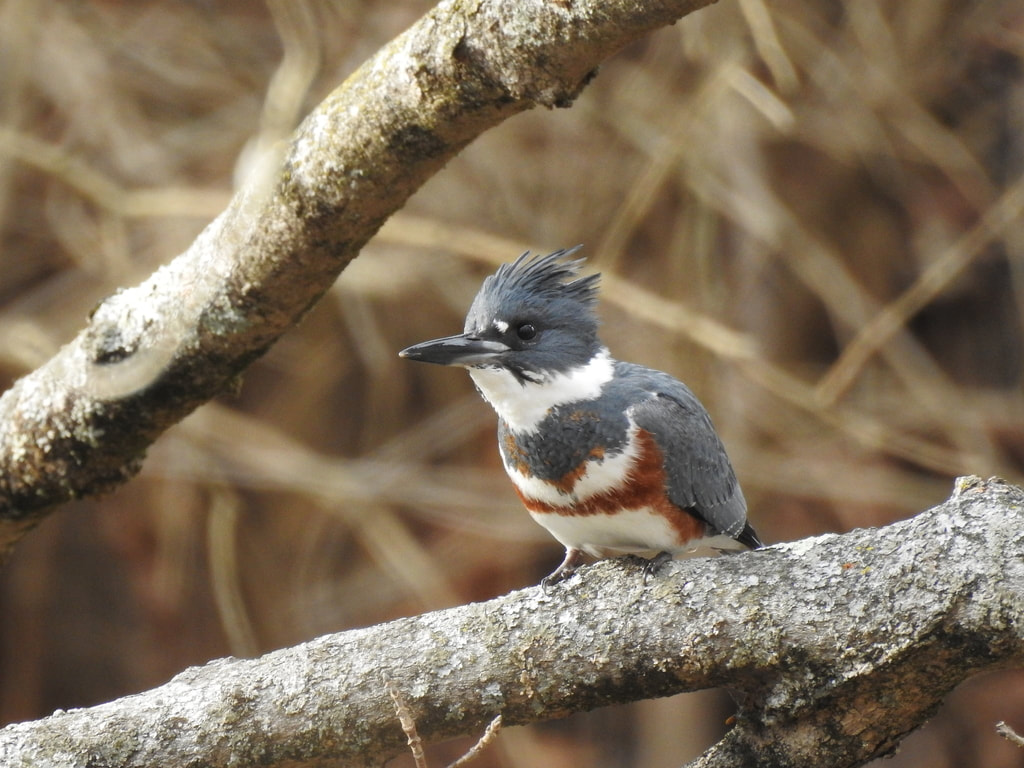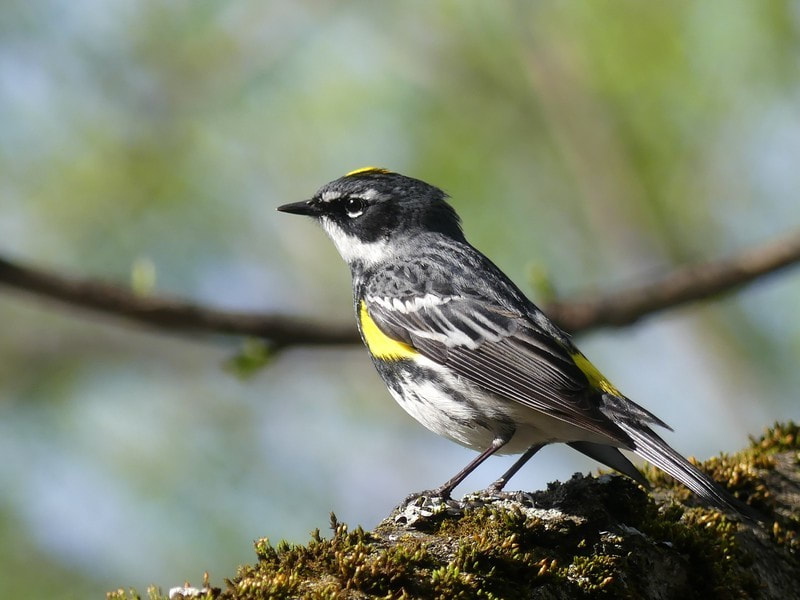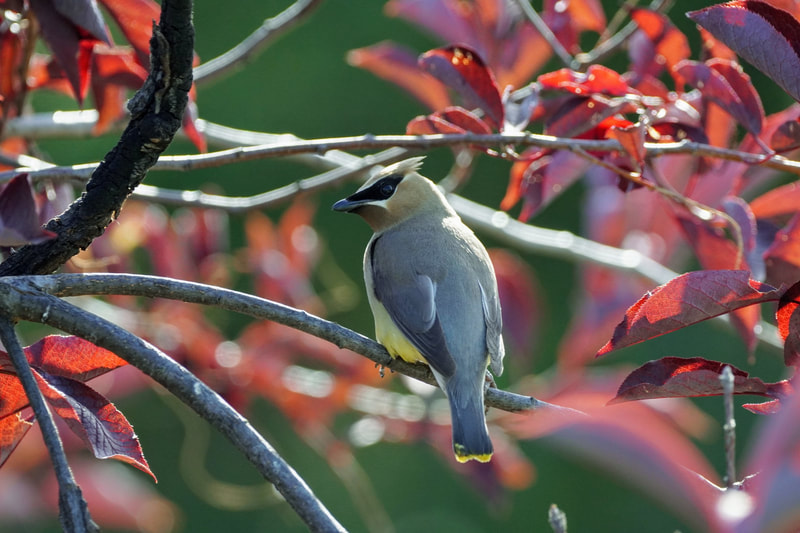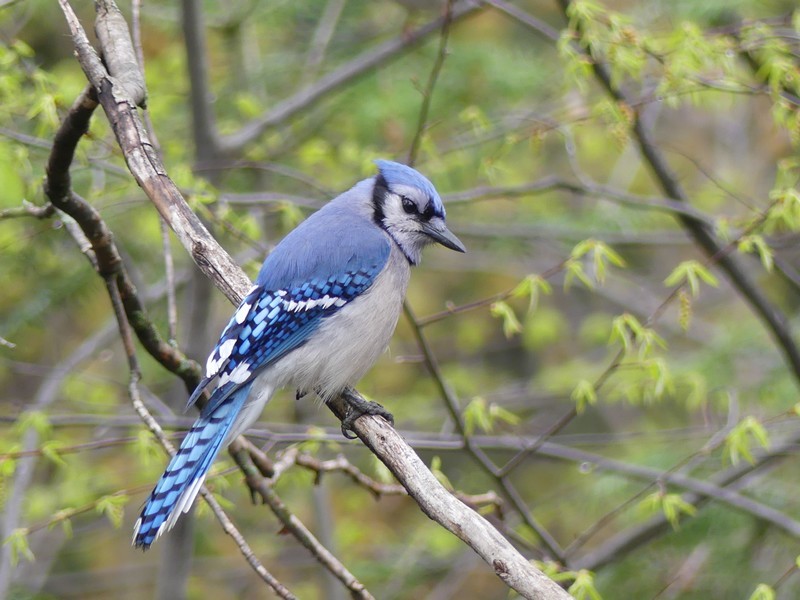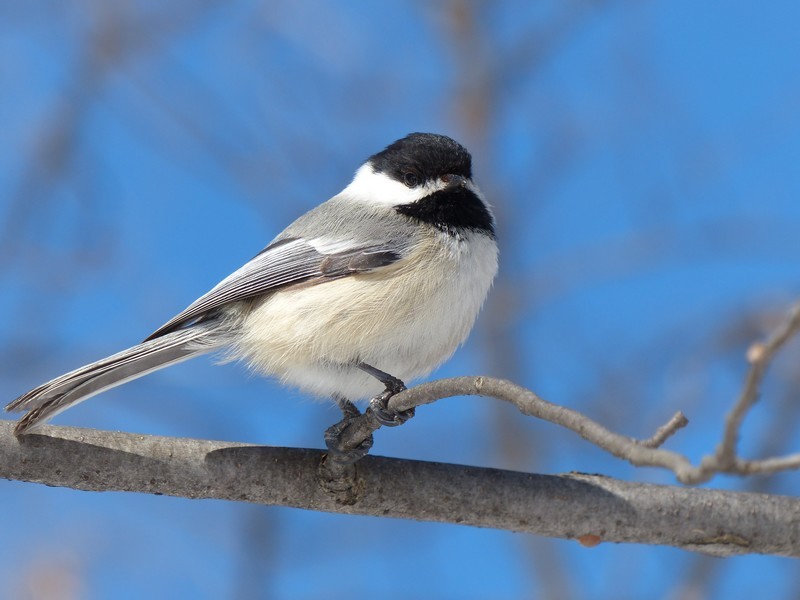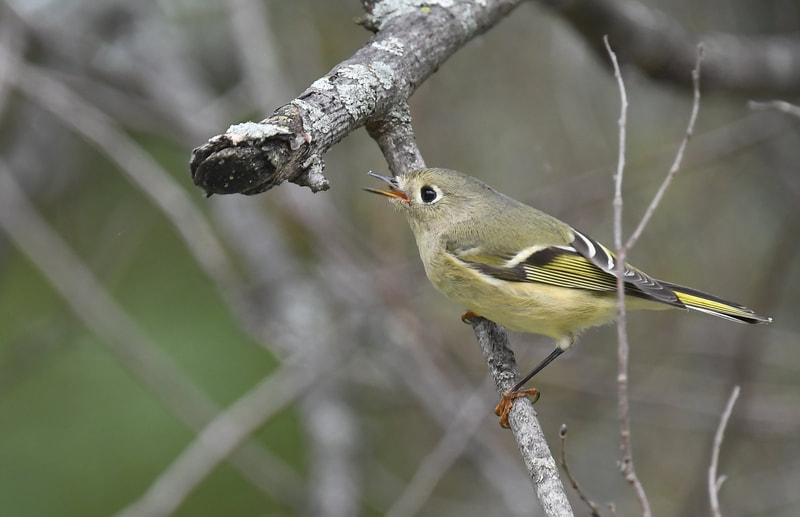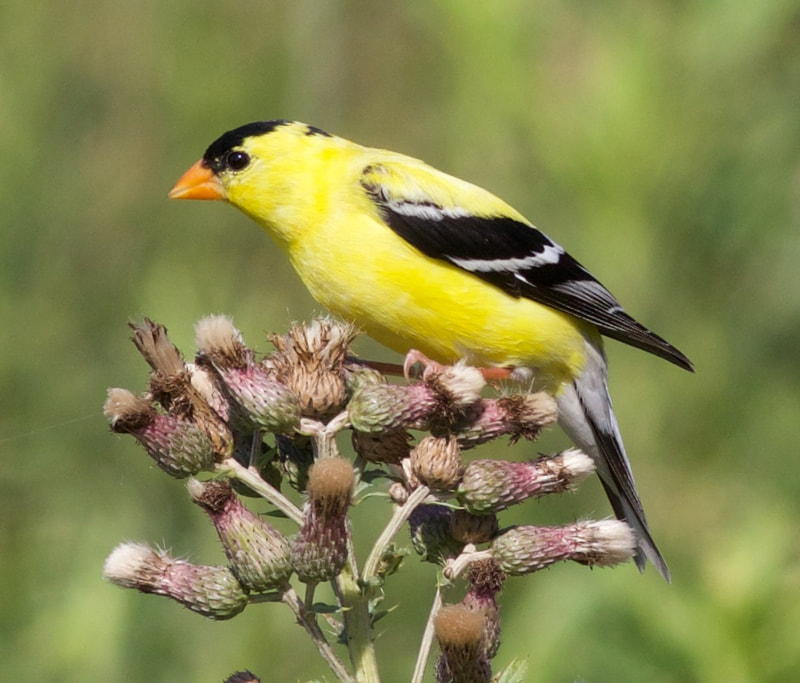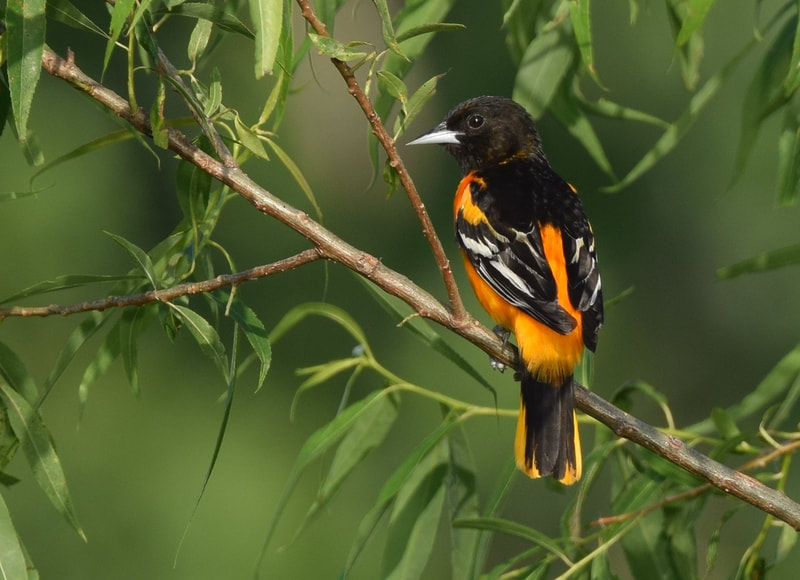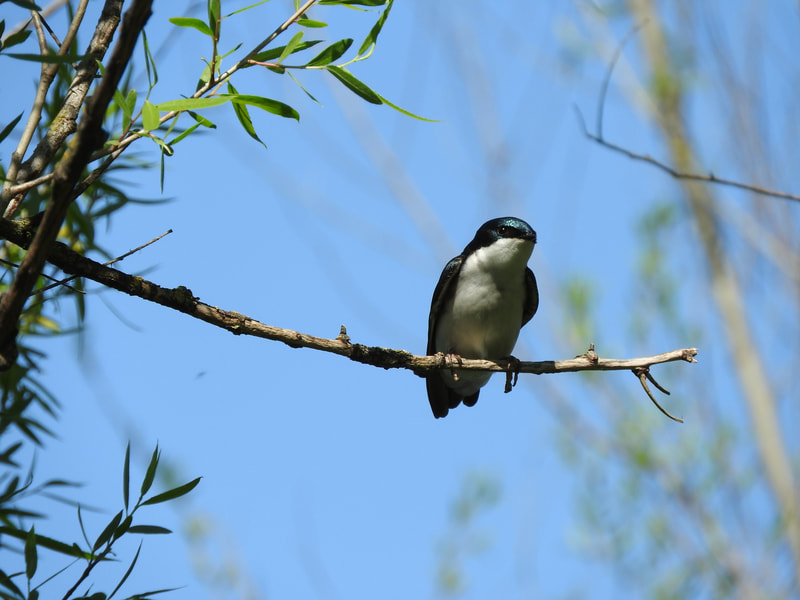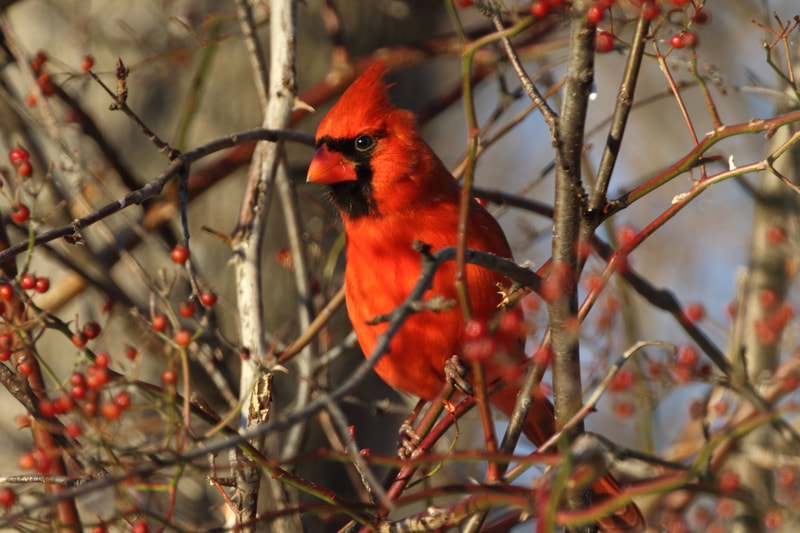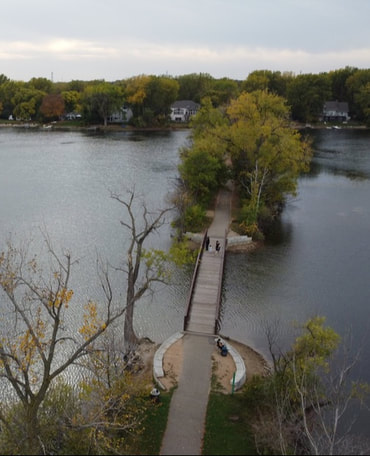Shady Oak ParkWebsite
www.mtkaparks.org/shadyoak Isthmus Address 5291 Dominick Drive, Minnetonka Shady Oak Beach Address 5200 Shady Oak Road |
|
|
Shady Oak Isthmus Fall Buckthorn Blitz
August 12, 2023, 9 am - 12 pm
October 7, 2023, 9-11 am
Register for this event on the city website.
August 12, 2023, 9 am - 12 pm
October 7, 2023, 9-11 am
Register for this event on the city website.
Shady Oak Lake and Isthmus
Shady Oak Lake Beach is situated at 5200 Shady Oak Road. The isthmus connects Dominick Drive neighborhoods on the west side of the lake (5291 Dominick Drive) to the recreation, picnic, play areas and swimming beach shown on the map. It is a narrow strip of land which includes a small bridge that spans the open area between the upper and lower portions of the spring fed lake. The park and facilities are owned by the City of Hopkins and operated by the City of Minnetonka’s Recreation Department. The total acreage for the lake area is 85 acres. The isthmus is about 100 yards in length along an abandoned rail line.
The isthmus is used primarily by beach and picnic goers, people who fish from the shore and walkers and families who enjoy the beauty of the lake, its birds (including Bald Eagles and migrating Loons) and its natural surroundings.
The isthmus is used primarily by beach and picnic goers, people who fish from the shore and walkers and families who enjoy the beauty of the lake, its birds (including Bald Eagles and migrating Loons) and its natural surroundings.
Current Restoration Project
Shady Oak Isthmus
2023
On August 12th, we began clearing the buckthorn and other undersirable vegetation along the north side of the trail by Dominick Drive. We are working with the city and adjoining homeowner to revegetate the area with desirable native trees, shrubs, and seed.
|
We have just passed 140 volunteer hours in the park and our discipline and focus are starting to produce results. This year we focused on continuing to free several of the oaks along the path. We also cleared invasive buckthorn on the north side of the path at the Dominick Drive entrance along a 300 ft fence separating the city's property and that of a home owner. We developed a plan with the home owner and the city to remove buckthorn and to immediately replant trees to help the homeowner reclaim some needed privacy lost with the buckthorn removal. We planted three oaks and nine ironwood trees that will complement the sugar maples and other native trees that remained. The project received a lot of positive and supportive attention from park users who followed the restoration activities throughout the summer. We will be seeding in the next few weeks with a buckthorn replacement seed mixture in the bare areas. Next summer we will work on the other side of the path and uncover more oaks along the isthmus.
|
2022
We began the restoration of the Shady Oak Lake Isthmus with a buckthorn blitz on September 22, 2022. We worked with Minnetonka city staff to identify several oak trees that were being overwhelmed by buckthorn, honeysuckle and American bittersweet and removed the invasive trees, shrubs and vines under the driplines of the oaks. This will give the oaks room to grow and their acorns light and soil to produce a next generation of oak trees. Much to our surprise we discovered about twenty oak seedlings and small trees that somehow had rooted and were growing in the thickets near the trees.
We will seed the areas where we removed the invasives with a grass mixture that will out compete the buckthorn seeds for space. We will also cage the small oaks to protect them from deer browsing, human foot traffic and to draw attention to the presence of the oaks for park visitors. Next year we will continue our work along the isthmus with the goals of protecting and nurturing the rest of the oaks.
Well done FoMP volunteers!
Well done FoMP volunteers!
Birds That Visit Shady Oak Isthmus
All photos above were taken by members of iNaturalist and have been released into the public domain. For species accounts, visit the Minnesota Bird Atlas website.
Cultural History
Native Americans had a major trail from Bde Maka Ska (formerly Lake Calhoun) to Shakopee that ran through what is today Hopkins. The hill where the old South Junior High stands, today known as Raspberry Ridge, used to be twice as tall and was used as a landmark along the trail. Native peoples would camp near what is today Burnes Park on their travels through the area.
The first white settlers to arrive in 1852-53 were from the New England area and Bohemia (today’s Czech Republic). They used the same Native American trail from Bde Maka Ska (White Earth Lake) to travel to this area and settled here most likely because it was a half-way point between Minneapolis and Lake Minnetonka, as well as close to the expanding mills at Minnetonka Mills. On early maps, Shady Oak Lake is called “Lake Peshek” in honor of an early Bohemian settler.
Between 1871 and 1881 three railroads built lines through Hopkins: the Minneapolis & St. Louis (two lines), the Hutchinson Division of the Great Northern, and the Chicago, Milwaukee and St. Paul and Pacific. These new lines made it easier to travel west to Hopkins, and by 1893 the population had reached 1,105. Local lore suggests that ice blocks were cut from the clear, spring fed waters of the lake and transported into Minneapolis along the rail line and sold to residents to keep their perishables cold pre-mechanical refrigeration.
From 1893 until 1928 Hopkins was named the Village of West Minneapolis. It was named after the West Minneapolis Land Company created by the Minneapolis Threshing Machine Company. The land company purchased large tracts of land, then subdivided them into lots for sale to the public for new houses and businesses. Urbanization, with its benefits and drawbacks, was borne.
The first white settlers to arrive in 1852-53 were from the New England area and Bohemia (today’s Czech Republic). They used the same Native American trail from Bde Maka Ska (White Earth Lake) to travel to this area and settled here most likely because it was a half-way point between Minneapolis and Lake Minnetonka, as well as close to the expanding mills at Minnetonka Mills. On early maps, Shady Oak Lake is called “Lake Peshek” in honor of an early Bohemian settler.
Between 1871 and 1881 three railroads built lines through Hopkins: the Minneapolis & St. Louis (two lines), the Hutchinson Division of the Great Northern, and the Chicago, Milwaukee and St. Paul and Pacific. These new lines made it easier to travel west to Hopkins, and by 1893 the population had reached 1,105. Local lore suggests that ice blocks were cut from the clear, spring fed waters of the lake and transported into Minneapolis along the rail line and sold to residents to keep their perishables cold pre-mechanical refrigeration.
From 1893 until 1928 Hopkins was named the Village of West Minneapolis. It was named after the West Minneapolis Land Company created by the Minneapolis Threshing Machine Company. The land company purchased large tracts of land, then subdivided them into lots for sale to the public for new houses and businesses. Urbanization, with its benefits and drawbacks, was borne.
Current Ecological Issues and Opportunities
|
The Shady Oak Lake Park isthmus has fallen into a state of ecological distress due to lack of attention, maintenance, and misuse. The isthmus is a friendly and engaging public space and needs significant restoration attention.
There are several areas with erosion issues that will need to be solved and likely will require the involvement of contractors and engineers. Invasive vegetation that has over-run the area will need to be removed and replaced by more suitable, native vegetation. Volunteers can work on these issues. More suitable places for those who enjoy fishing in the lake may have to be constructed. There is a fishing platform that was constructed years ago on the east side of the bridge, but it is seldom used as anglers prefer to fish from the isthmus shore. Engaging anglers in the discussion should be an option. |
Closer and more frequent attention will need to be paid to water quality issues. It may be important to enlist the help of residents with lakefront properties to address these issues through shoreline management and other initiatives such as rain gardens with city incentives. City maintenance practices will also need to be reviewed. It may also be necessary to add a boat cleaning station so that invasive aquatic species on canoes and kayaks will not end up in the lake.
References
www.ninemilecreek.org
www.minnetonkamn.gov/our-city/city-facilities-and-amenities/beaches/shady-oak-beach
Minnetonka Sun Sailor, July 22, 2016, Gabby Landsverk, Hopkins Before 1900.
References
www.ninemilecreek.org
www.minnetonkamn.gov/our-city/city-facilities-and-amenities/beaches/shady-oak-beach
Minnetonka Sun Sailor, July 22, 2016, Gabby Landsverk, Hopkins Before 1900.
